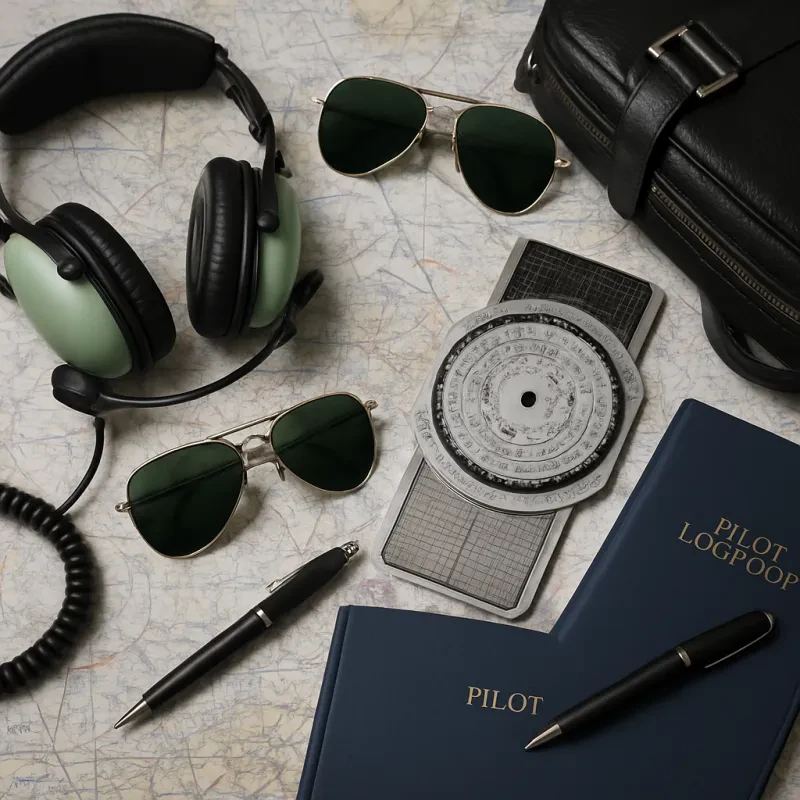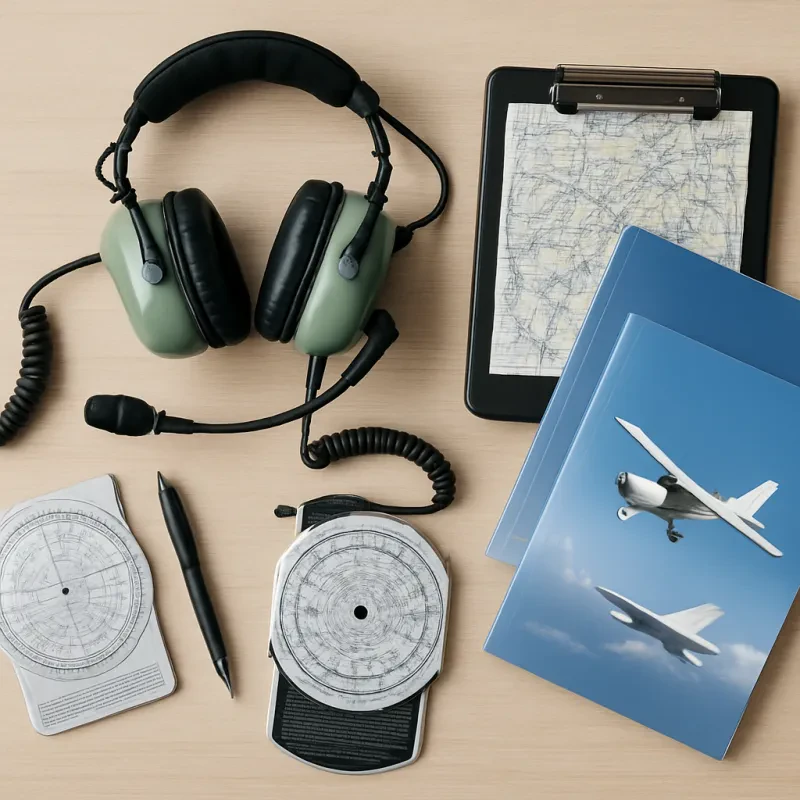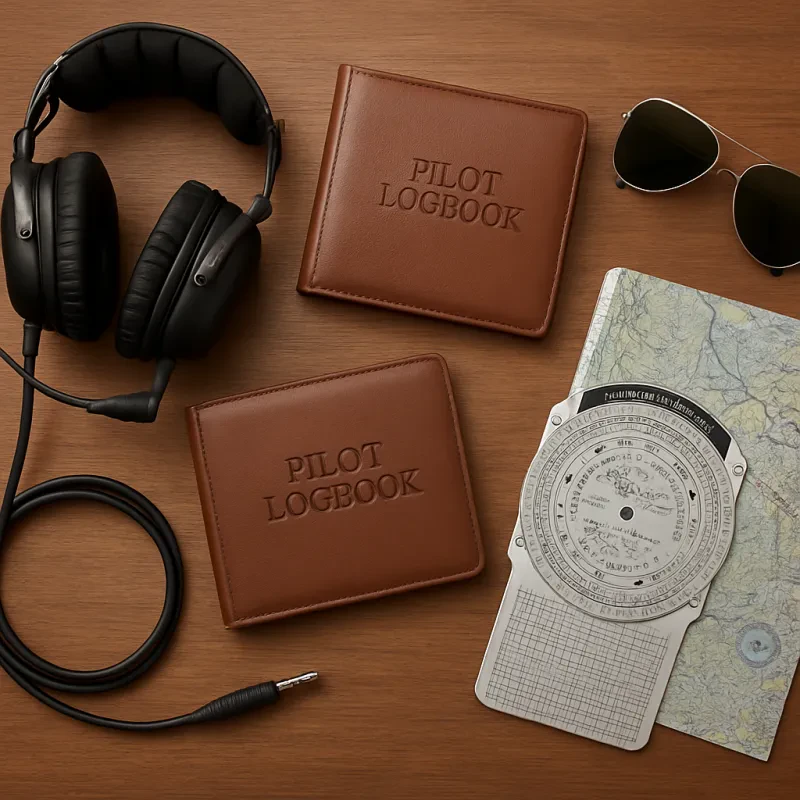Aspiring pilots must familiarize themselves with the complex instrument panels found in aircraft cockpits. These panels are equipped with various instruments and controls that provide essential information for safe and efficient navigation. Understanding how to interpret and utilize these instruments is a crucial skill for mastering advanced navigation.
One of the primary components of an instrument panel is the altimeter, which provides information about the aircraft's altitude above sea level. Pilots must constantly monitor the altimeter to maintain the desired altitude and adjust accordingly during ascent or descent. Another important instrument is the airspeed indicator, which displays the aircraft's speed. It is essential for pilots to know the aircraft's airspeed to ensure safe flight and avoid stalling or exceeding speed limitations.
The instrument panel also includes a vertical speed indicator, which provides the rate of climb or descent. This instrument helps pilots maintain a steady vertical movement and adjust the aircraft's altitude as needed. Additionally, a turn coordinator or turn and bank indicator is essential for navigating turns. It indicates the aircraft's rate of roll and provides valuable information for maintaining balance and coordination while changing direction.
Other critical instruments found on the instrument panel include the heading indicator, which provides the aircraft's heading or direction of flight; the attitude indicator, which indicates the aircraft's position in relation to the horizon; and the navigation instruments, such as radios, GPS, and navigation displays, that assist in determining the aircraft's position, route, and destination.
Fine-Tuning Your Dead Reckoning Techniques: Precision in Flight
As an aspiring pilot, mastering advanced navigation skills is crucial for ensuring a safe and efficient flight. One essential skill that every pilot must develop is dead reckoning, a technique used to estimate an aircraft's position based on previous known positions and vector calculations. While dead reckoning is a valuable tool, refining your techniques and embracing precision is key to becoming a skilled navigator.
First and foremost, accuracy in time and distance calculations is paramount. To improve these calculations, it's important to diligently maintain records of fuel consumption, airspeed, and groundspeed. This data allows you to accurately determine the time taken to travel a certain distance, enabling you to update your position accurately on a chart. Additionally, practice using various methods to calculate wind correction angles, such as the E6B flight computer or manual calculations, to compensate for the impact of wind on your intended track.
Secondly, attention to detail when plotting your course is vital for precise dead reckoning. Ensure you have accurate and up-to-date aeronautical charts, and take note of any recent updates or changes that may affect your planned route. When plotting your course on the chart, use a fine-tipped pen or pencil to create a clear, neat line. This reduces the likelihood of errors and allows for easier adjustments if necessary.
Lastly, embracing modern technology can significantly enhance your dead reckoning skills. Utilize electronic flight bags (EFBs) or aviation apps on tablets or smartphones to streamline your calculations and access real-time weather updates. These tools can provide accurate groundspeed and wind information, allowing for more precise dead reckoning calculations. However, never solely rely on technology as a backup; always carry paper charts and backup navigational tools.
Embracing Cutting-Edge Navigation Technologies: From GPS to Autopilot
As technology continues to revolutionize different industries, aviation is no exception. Advanced navigation systems have become an integral part of modern aircraft, providing pilots with accurate information and enhanced situational awareness. From GPS (Global Positioning System) to autopilot, these cutting-edge technologies have redefined the way pilots navigate the skies.
The GPS system has transformed the way pilots determine their position and plan their routes. By analyzing signals received from multiple satellites, GPS receivers can accurately calculate an aircraft's latitude, longitude, and altitude. Pilots can then use this information along with digital maps to efficiently navigate through different airspace and terrain. GPS technology has significantly improved navigation accuracy, reducing the potential for navigational errors and making flights safer and more efficient.
Autopilot is another groundbreaking navigation technology that has revolutionized the aviation industry. This sophisticated system takes over the control of the aircraft, allowing pilots to focus on other important tasks without compromising safety. Autopilot systems use a combination of sensors, computers, and actuators to automatically control the aircraft's altitude, heading, and speed. Not only does autopilot provide smoother and more precise flight control, but it also enables advanced capabilities such as flying pre-programmed routes and performing instrument approaches in challenging conditions.
Advanced Weather Analysis: Staying Ahead of the Elements
Aspiring pilots must understand the importance of advanced weather analysis in order to enhance their navigation skills and ensure the safety of their flights. Weather can have a significant impact on aircraft performance and pose various challenges. By developing expertise in weather interpretation and analysis, pilots can make informed decisions and stay ahead of the elements.
One crucial aspect of advanced weather analysis is understanding how different weather phenomena can affect flight conditions. Elements such as temperature, pressure, wind patterns, and precipitation can all impact an aircraft's performance and safety. By staying informed about current and forecasted weather conditions, pilots can better anticipate potential hazards such as turbulence, icing, or thunderstorms, and plan alternate routes or delay flights if necessary.
The skill of interpreting weather information, including weather charts, radar imagery, and weather reports, is also vital for pilots. By studying weather patterns and learning to identify different weather systems, pilots can gain insight into potential changes and trends. Additionally, pilots must learn to assess the accuracy and reliability of weather information, as false or outdated data can lead to misjudgments and unsafe decisions.


